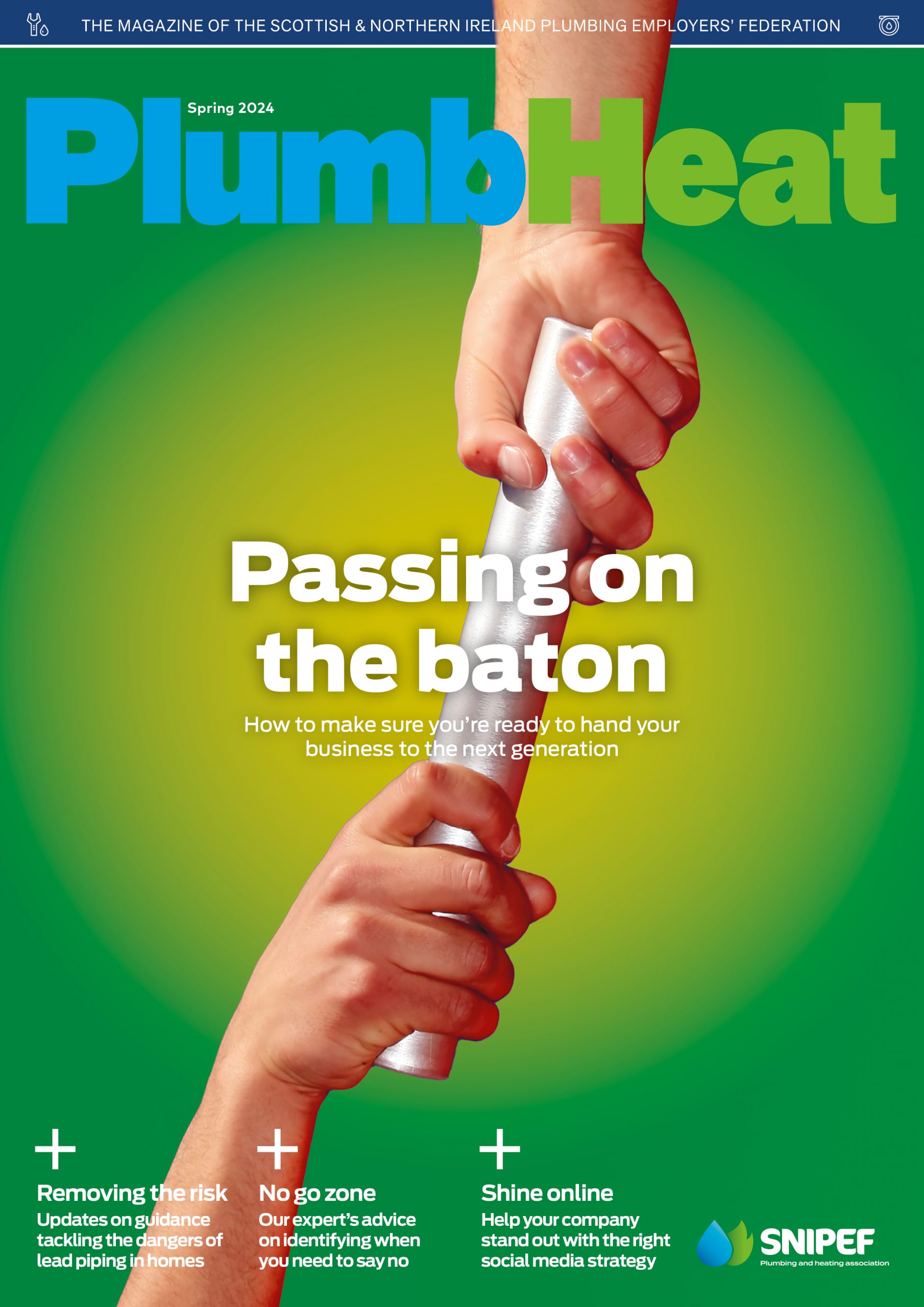
SNIPEF in perspective
Reaching its centenary has allowed SNIPEF celebrate and reflect on its past. During this time, our industry has witnessed significant developments and advancements. Yet, SNIPEF's existence, and even that of its older Associations, barely accounts for one per cent of the entire timeline of plumbing.
What have the Romans ever done for us?
The infamous quote from Monty Python's Life of Brian has created a semi-urban myth that the Romans were the founding fathers of plumbing, mainly as the word's etymology is derived from the Latin word Plumbem, meaning lead.
However, although the Romans did create impressive water and sewer systems, leading to the greater use of showers, baths, toilets and district heating systems, their achievements were closer to the opening of the first McDonalds in 1940 than the earliest plumbing accomplishments of humanity.
In the Indus River Valley, for example, rudimentary water pipes for irrigation systems have been found that date back some 5,500 years with further indications of an advanced understanding of plumbing.
Today, the Egyptians are generally considered, although not universally, the founders of modern plumbing through their use of copper pipework as far back as 2,500 BC, making plumbing one of the oldest recorded professions.
Getting from A to B: The evolution of pipes
The use of piping to transport liquids or gases has been around for most of our recorded history. Beyond rudimentary artificial channels, pipes have been created using clay, bamboo, stone and wood banded with metal straps.

Egyptians are known to have used copper pipework about 2500 BC. Romans favoured the use of lead, leading to the unfounded belief that lead poisoning was widespread and contributed to the empire's downfall (it wasn't and didn't). Cast iron pipes appeared around the 17th century, often highlighted in their use at Versailles. Plastic pipes were introduced in the 1930s, albeit not commonly used for several decades.
Looking forward, nanotech and advanced composite pipes are already being tested with emphasis on greater corrosion and leak prevention while having better environmental and circular economic value.
The 'John' or the 'Crapper' (or the ‘Cummings’ or ‘Bramah’) etc?
It is unfair to attribute the development of today's toilet to one individual. As with most inventions, it is an evolution of ideas and technologies.
Although the concept of toilets has been around for a millennium, John Harrington is credited with inventing the modern flush toilet in 1592, ie. a raised cistern with a downpipe which flushes away waste.
The first valve-type flush toilet was introduced in 1738 by Jacques-François Bronde. In 1775, Scotsman, Alexander Cumming, became the first person to patent the design of the flush toilet with the inclusion of the S bend, with Joseph Bramah soon after adding hinged values to improve Cumming's design. Thomas Crapper, often mistakenly attributed to the invention of the flushing toilet, was instrumental in improvements such as the ballcock and the U-bend.
As a side note, George Jennings is considered the father of the public toilet, known as monkey closets, in 1851 for the Great Exhibition. 'Spend a penny' was termed from their invention as the fee for their use.



